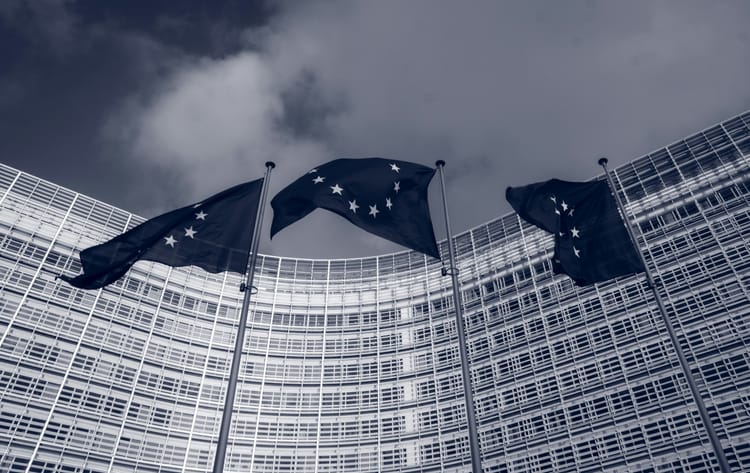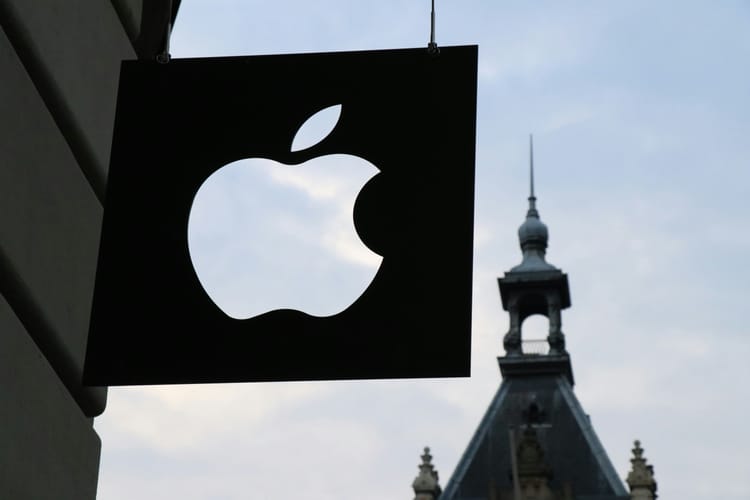Estée Lauder strengthens climate action management, as net GHG emissions creep up

Estée Lauder has reshuffled its climate governance and compensation mechanisms to support action towards its 2030 targets, after appointing Nancy Mahon as its first Chief Sustainability Officer at the start of 2023.
The cosmetics company, which this week reported a 10% drop in net sales and lowered its annual target based on macroeconomic headwinds and geopolitical tension, is doubling down on its SBTi-approved interim climate targets.
Estée Lauder sustainability action: New framework lands
After appointing Nancy Mahon (formerly Senior Vice President, Global Corporate Citizenship and Sustainability) as its first Chief Sustainability Officer in April 2023, Estée Lauder has now updated its climate management framework and introduced sustainability bonuses, including for non-executives.
The new framework suggests Estée Lauder, which owns brands like Bobbi Brown, Aveda and M.A.C, is shifting from a strategic to an action focus.
The firm has replaced its ‘climate action steering committee’ with an ‘environmental sub-committee’ and created nine ‘climate action workstreams’ to “implement emissions reductions in a focused category or sub-category of [its] GHG inventory”, it said in its 2023 Social Impact and Sustainability Report.
The new workstreams include building operations, electric vehicles and manufacturing, all of which are focused on operational (Scope 1 and 2) emissions, as well as six value chain workstreams: fulfilment, raw materials, indirect procurement, packaging, third-party manufacturing and business travel.
All workstreams represent categories of emissions the firm has pledged to reduce by 2030: Scope 1 and 2 by 50%, and Scope 3 by 60% “per unit revenue”. Along with the new transition plan, Estée Lauder updated investors on its sustainability progress, and revealed that absolute GHG emissions across all scopes have decreased by 3% compared to 2022, but increased by 10% from its 2018 baseline.
Estée Lauder sustainability compensation
Additionally, Estée Lauder says it now considers achievement of social impact and sustainability goals “in executive and certain non-executive officers’ compensation decisions”. “In particular, we incorporate specific goals tied to our broader SI&S strategy into performance reviews for key employees, and compensation decisions are made based on their achievement,” the revised climate transition plan says, adding that this compensation mechanism is part of embedding sustainability in its culture and overall corporate strategy.
Read also: Study links pay incentives to sustainability data ‘restatements’
The company has established a dedicated capital fund, managed by its environmental subcommittee, to support carbon-reducing and other sustainability-focused capital projects. It is also “in the process of implementing a new programme to embed sustainability decision-making into [its] capital approval process”, meaning that all new capital projects above a certain cost will need to pass sustainability screening, “including their carbon impacts”.
“While we have already achieved milestones in transforming our business, we acknowledge that there is still much work to be done. We approach this challenge with a sense of urgency, humility, determination, and collaboration.
“We are aware that our strategies, as well as relevant science and technology, must continue to evolve and adapt over time to remain effective,” Chief Sustainability Officer Mahon said about the revised plan.







Member discussion